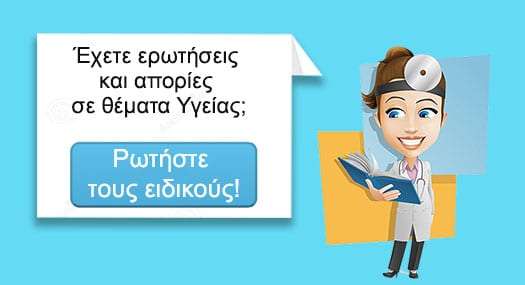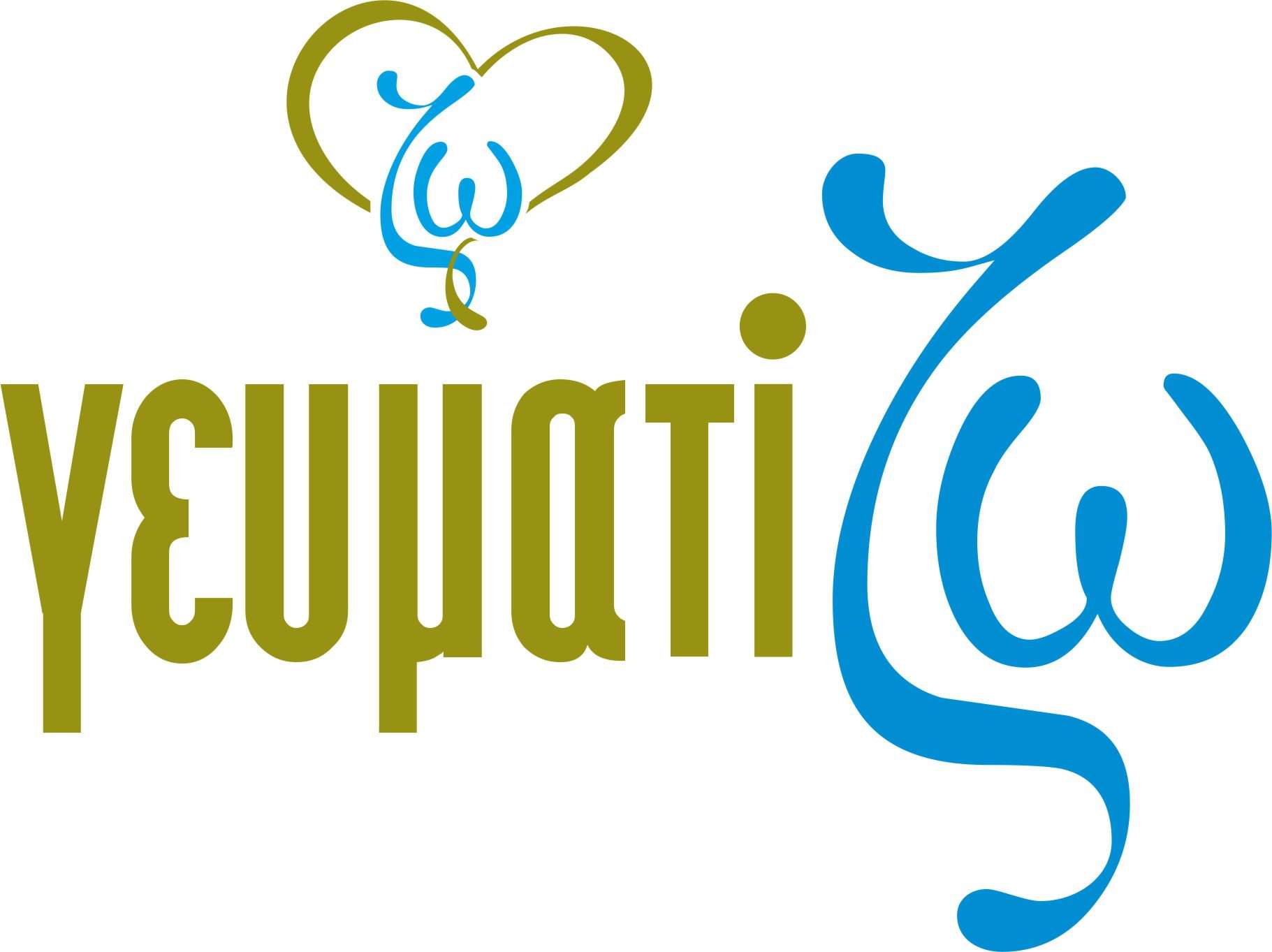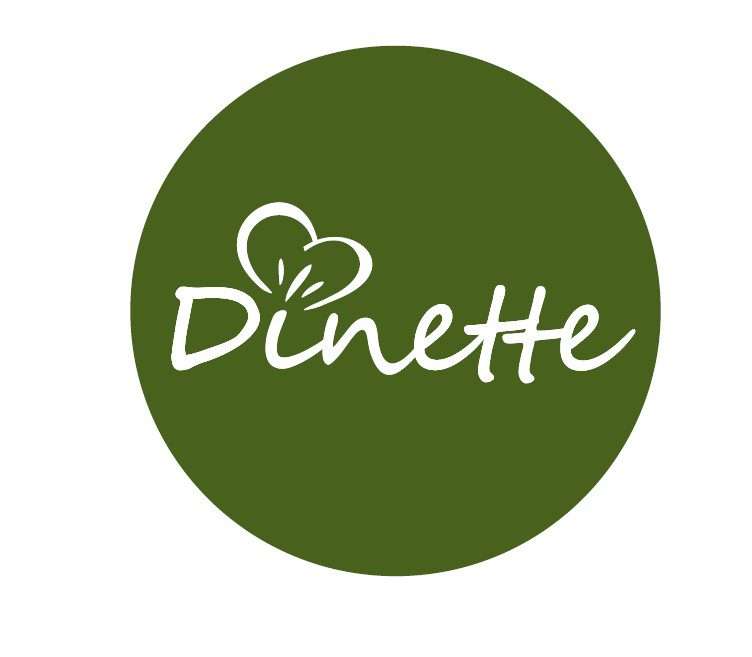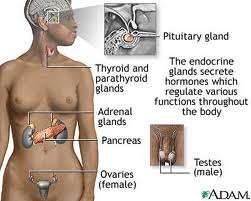KNEE ARTHROSCOPY & POST-OPERATIVE PHYSIOTHERAPY
If you suffer from constant pain, swelling, locking or instability of your knee, a procedure known as arthroscopy will help relieve these symptoms.
The arthroscope is a fiber optic instrument, narrower than a pen, which is placed into the knee through a tiny incision (portal). A small camera attached to the arthroscope, allows the surgeon to view the knee structures on a television monitor. Using additional portals (usually 1), small instruments ranging in size from 3-5 millimetres are inserted into the knee.
Arthroscopy allows the surgeon to view the inside of the knee joint and perform a variety of surgeries including:
Complete evaluation of the joint (diagnostic arthroscopy)
Removal of damaged or torn ligament (partial meniscectomy)
Repair of torn cartilage or ligament (meniscus or ligament repair / reconstruction)
Smoothing of damage to the cartilage surface in arthritis (chondroplasty)
Realignment of patella in patellar mal-tracking (lateral release)
Removal of joint lining (synovectomy)
Replacement of articular cartilage (cartilage transplant)
Knee arthroscopy is a day case procedure and you will be discharged home the same day.
BEFORE LEAVING THE HOSPITAL
You will be able to walk independently either with or without the assistance of crutches or a stick.
You will be able to climb up and down stairs safely.
You will be shown a home exercise programme.
GENERAL ADVICE
Medication
You will be given all the appropriate pain and anti-inflammatory medication prior to your discharge.
Bandage
You will have an elastic bandage (Tubigrip) from the middle of your shin to the middle of your thigh. There will be waterproof dressings under the elastic wrap. The nursing staff will provide with same extra dressings to take home.
Bathing
You will be able to shower within two to three days following surgery. Do not soak your operated leg in a tub for at least three weeks after surgery, until the wound is completely sealed. The incisions are not fully closed and soaking the leg would increase the risk of infection.
Ice
Use an ice pack or a packet of peas over the knee for 20 minutes, usually 3-5 times per day. Do not apply ice directly to the skin as this may cause frostbite. Always put a damp tea towel between the ice and your knee.
Elevation
Keeping your leg elevated will help with swelling and discomfort. DO NOT put a pillow directly under your knee as this encourages the knee to stay in a bent position. Instead, place the pillow under the calf and foot.
Crutches
Crutches may be required for walking at first (3-4days). You will be instructed how to use them before your surgery.
Suture removal
The stitches are absorbable so there are usually no stitches to remove. However, stitches will be removed on your first post-op appointment.
Exercise
You will be instructed on exercises you can begin immediately after the surgery.
Driving
Do not drive until you are able to perform an emergency stop without feeling pain.
Return to work or school
Most people are able to return to their jobs or school within 5-7 days. The exemption to this is for people who have strenuous jobs that require them to be on their feet a lot, lifting objects, climbing or driving. It is very important to minimize activity (rest & elevate your leg) for 4 days after surgery. This will speed the ultimate recovery by preventing excessive post-operative inflammation.
POST-OPERATIVE PHYSIOTHERAPY
After your operation you will require physiotherapy after your discharge home. Rehabilitation is essential to the success of your operation and it is your responsibility. The aim of your treatment is to restore function and stability to your knee and to return to your previous activity levels as soon as possible.
REHABILITATION TARGETS
Weeks 0 – 4: 0 – 90 degrees range of movement
Gain full knee extension
Control swelling
Normal gait
Weeks 4 – 6: Initiate all sporting activities
Full range of movement
Initiate all work specific exercises
Weeks 6+ : Full quads control / tone
Patello-femoral movements restored
Sports with minimal swelling or discomfort
Focus on QUALITY, NOT QUANTITY
Return to all work type activities
Stage I Exercise Programme
Quadriceps Contractions
Hamstrings Contractions
Staight Leg Raises
Stage II Exercise Programme
Total knee extension
Straight Leg Raises
Partial Squats
Quadriceps Stretch
Stage III Exercise Programme
Partial Knee Bend
Step –Ups
Hamstrings Stretch
Exercise Bike
Walking
Jogging
Please note that the above exercise programme is only a general guide. Each patient has his own, personalised programme based on his post-operative condition, the operation findings and his surgeon’s instructions.







